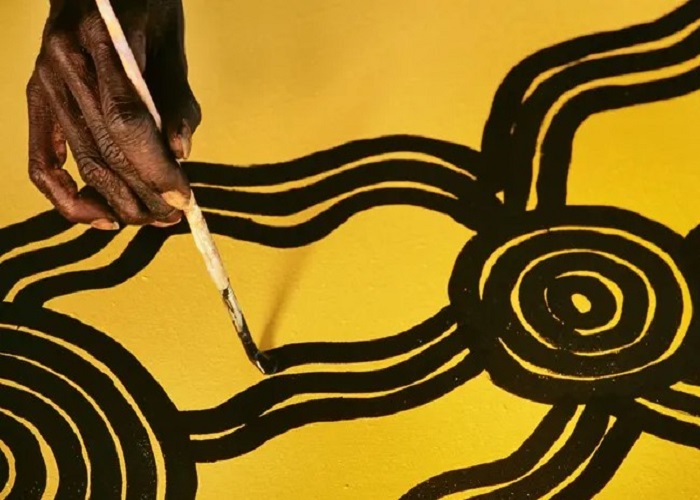Aboriginal art has gained significant recognition and popularity in recent years in Australia and worldwide. The vibrant and colourful artworks produced by Indigenous artists showcase a unique cultural heritage, and artistic tradition passed down through generations. However, buying Aboriginal art can be a complex process involving understanding authenticity, cultural significance, and ethical considerations. This article will guide you on buying indigenous art for sale, covering essential factors to consider before making a purchase.
Understanding Authenticity:
Authenticity is crucial when it comes to buying Aboriginal art. With a market that has seen an increase in the production of fake or inauthentic works, it is essential to purchase from reputable sources. The best way to ensure authenticity is to buy from galleries, dealers, or artists with a reputation for selling genuine artworks. Look for galleries with solid relationships with Indigenous communities and are committed to promoting and supporting Indigenous artists.
Researching the Artist and Artwork:
Before making a purchase, it is essential to research the artist and artwork thoroughly. Find out about the artist’s background, cultural heritage and the significance of the artwork. Many Indigenous artists come from remote communities and may not have a robust online presence, so it is often helpful to reach out to galleries or dealers for information. Understanding the context and cultural significance of the artwork is crucial in appreciating its value and meaning.
Pricing:
Pricing for Aboriginal art can vary widely, depending on factors such as the artist’s reputation, the size and complexity of the artwork, and the materials used. It is essential to keep in mind that prices for authentic Indigenous artworks can be higher than for other types of art due to their cultural significance and the time-intensive nature of their creation. Avoid purchasing artworks that seem too good to be true or priced well below market value, as they may be inauthentic. Many galleries and dealers in Australia offer authentic indigenous art for sale, providing collectors and art enthusiasts with an opportunity to support and appreciate the cultural heritage of Indigenous artists.
Cultural Considerations:
Aboriginal art is often rooted in culture and tradition, and it is important to consider cultural sensitivities when buying and displaying artworks. Indigenous art may contain symbols, stories, or images that are sacred or of cultural significance. It is essential to respect the cultural integrity of the artwork and the community from which it originates. When displaying artworks, consider cultural protocols, such as avoiding hanging or displaying certain artworks in specific areas and seeking permission from Indigenous communities before reproducing or displaying artworks publicly.
Ethical Considerations:
Buying Aboriginal art also involves ethical considerations. It is essential to purchase artworks that have been ethically sourced and to support galleries and dealers that have a strong commitment to ethical practices. This includes ensuring that artists are fairly compensated for their work and that the production of artworks does not exploit or harm Indigenous communities. Consider purchasing artworks from galleries or dealers that have a strong commitment to Indigenous rights and that have signed the Indigenous Art Code, a voluntary code of conduct that promotes ethical practices in the Indigenous art industry.
Caring for Your Artwork:
Caring for Aboriginal art is important in preserving its beauty and cultural significance. Indigenous artworks often use natural materials, such as bark, wood, and ochre, that can be susceptible to damage from humidity, light, and other environmental factors. It is essential to display artwork in appropriate conditions, such as avoiding direct sunlight or areas with high humidity. Consider consulting with an art conservation specialist to determine the best methods for caring for your artwork.
Conclusion:
In conclusion, buying Aboriginal art involves understanding authenticity, cultural significance, and ethical considerations. It is important to purchase from reputable sources, research the artist and artwork thoroughly, and consider cultural protocols and ethical practices when making a purchase. Aboriginal art is a valuable cultural treasure that deserves respect and appreciation, and purchasing authentic Indigenous artworks can be a meaningful way to support Indigenous artists.

